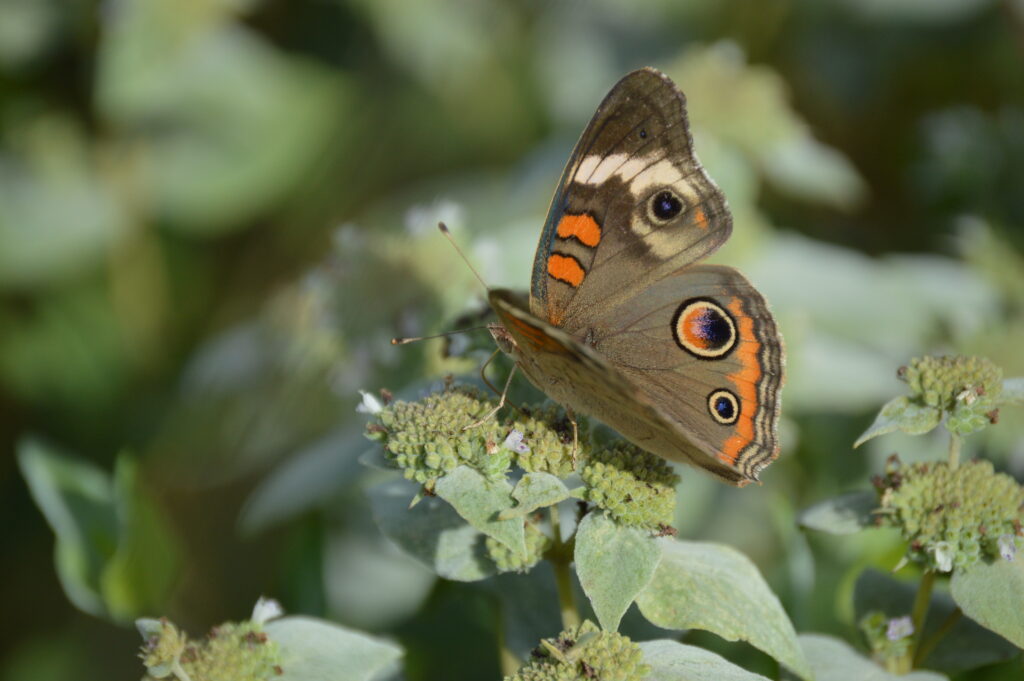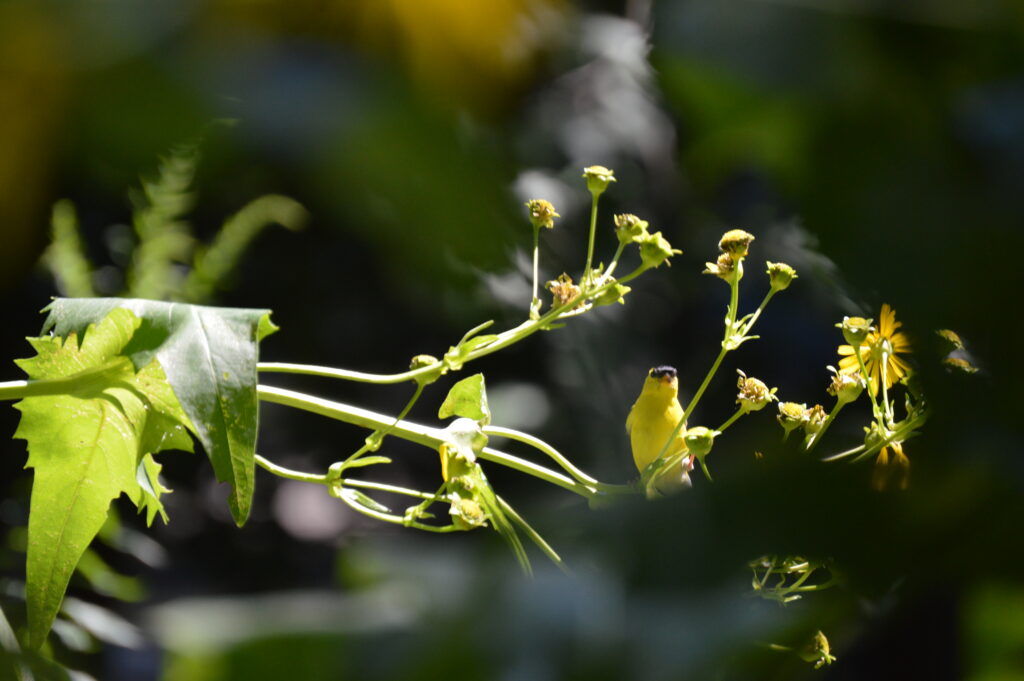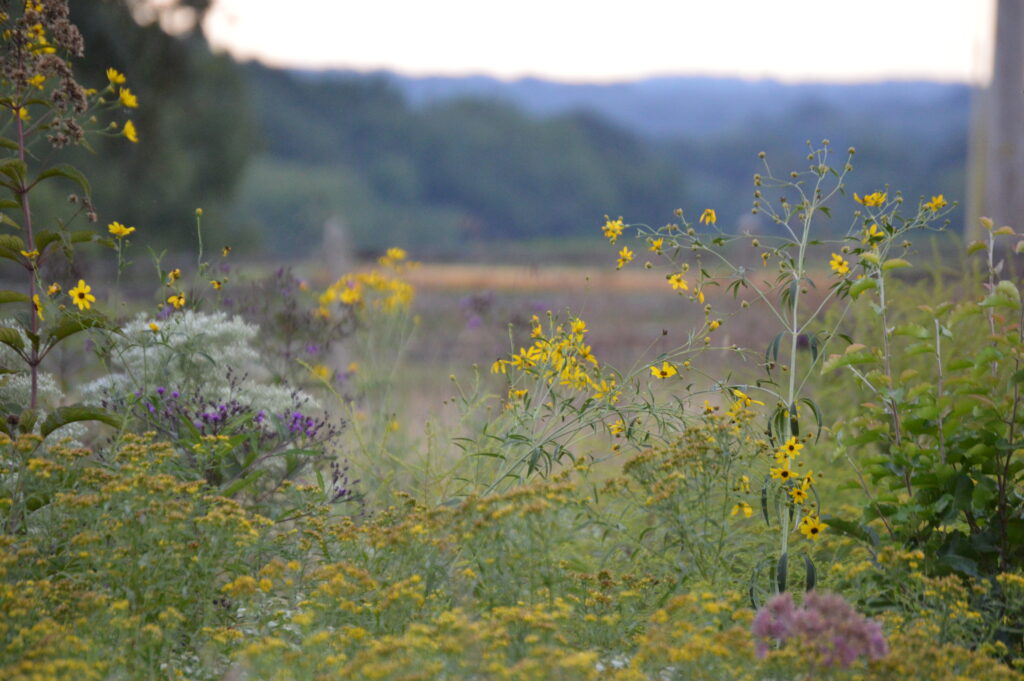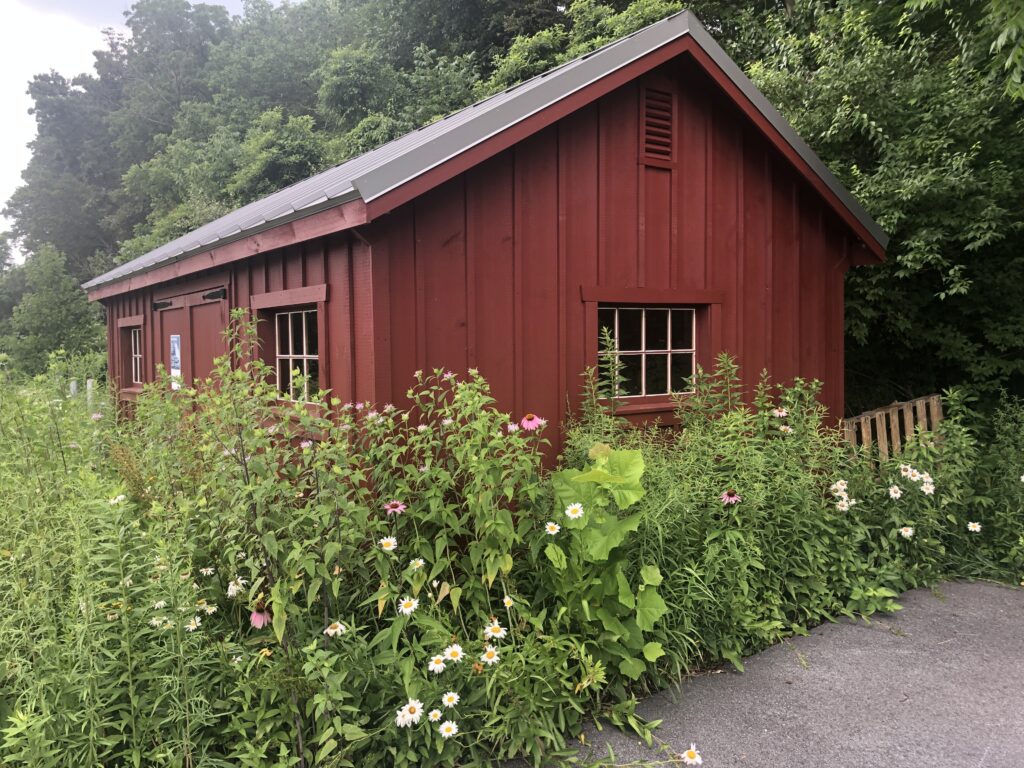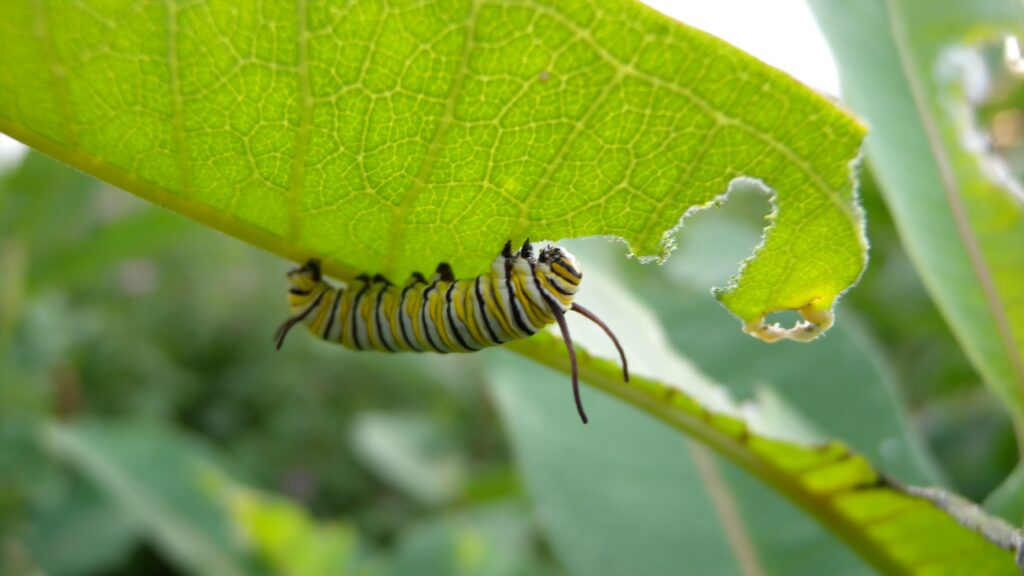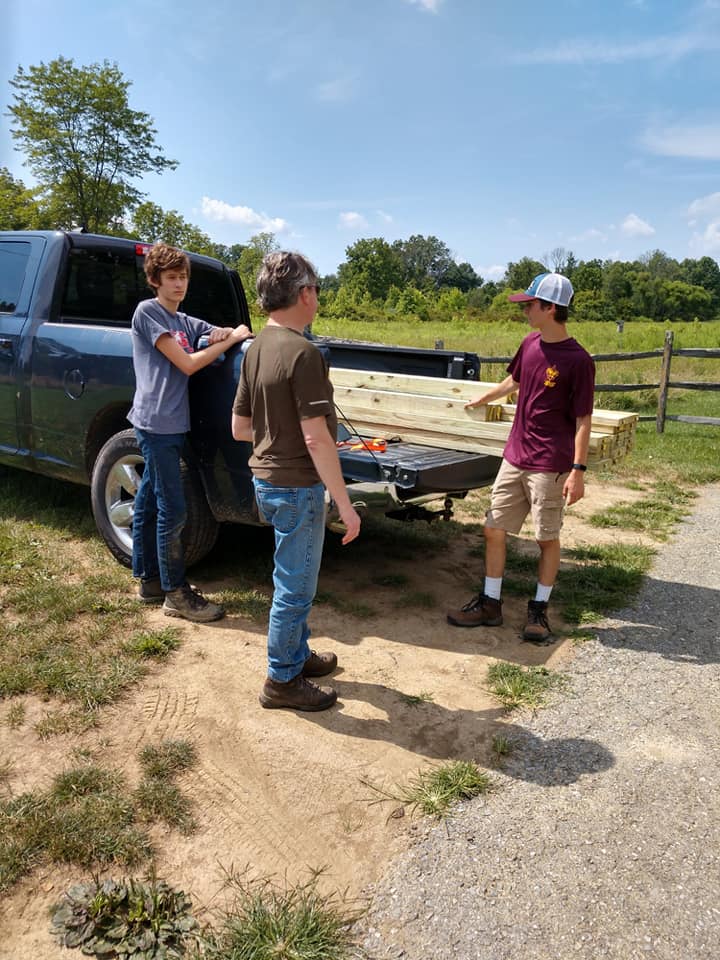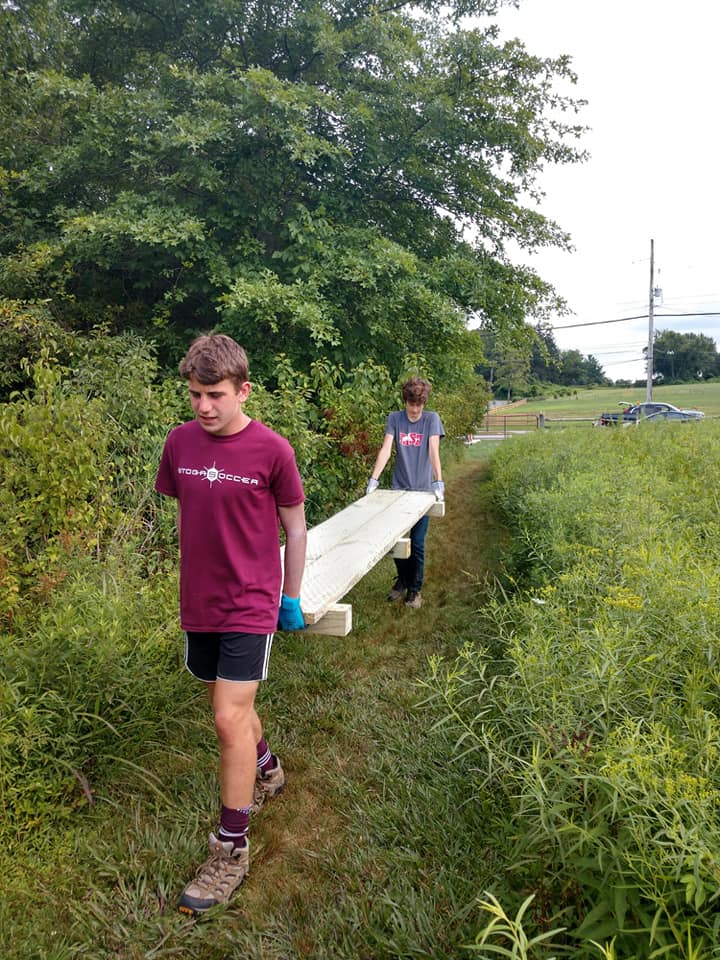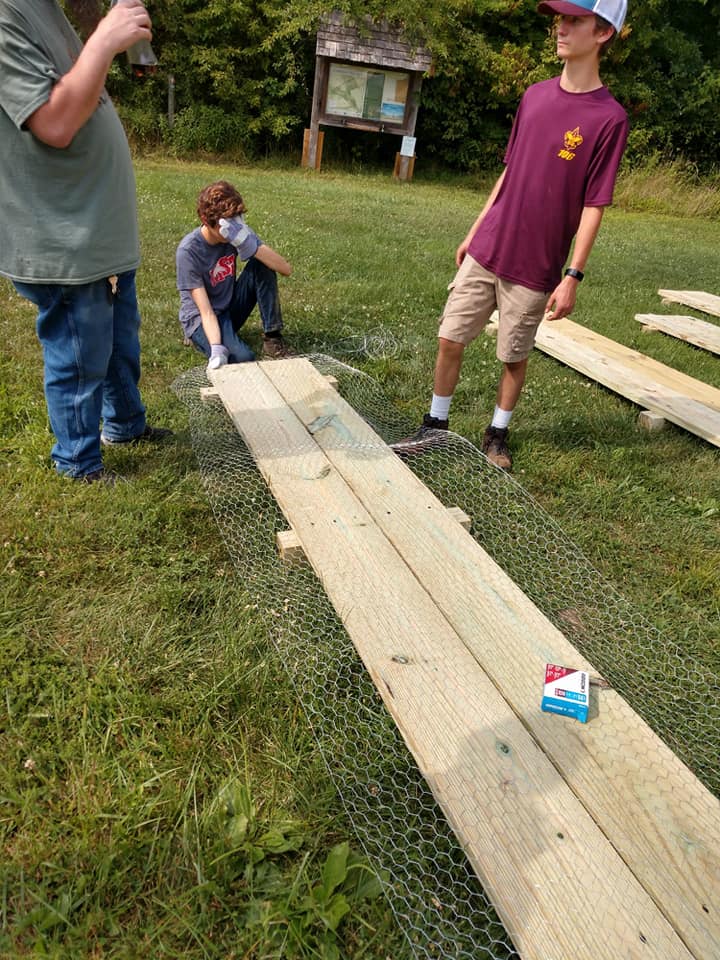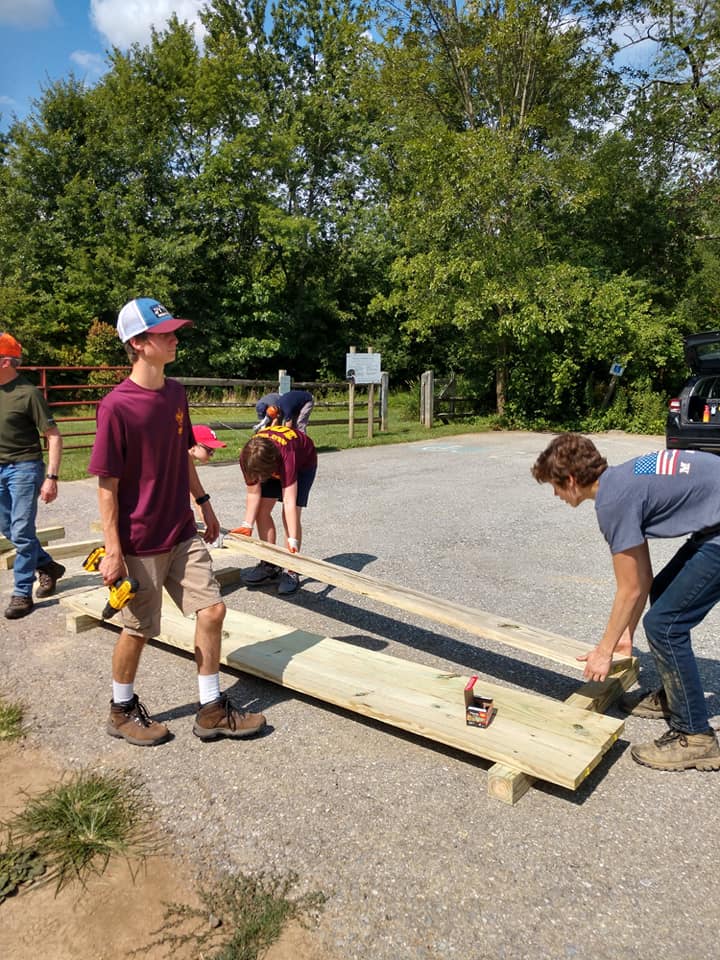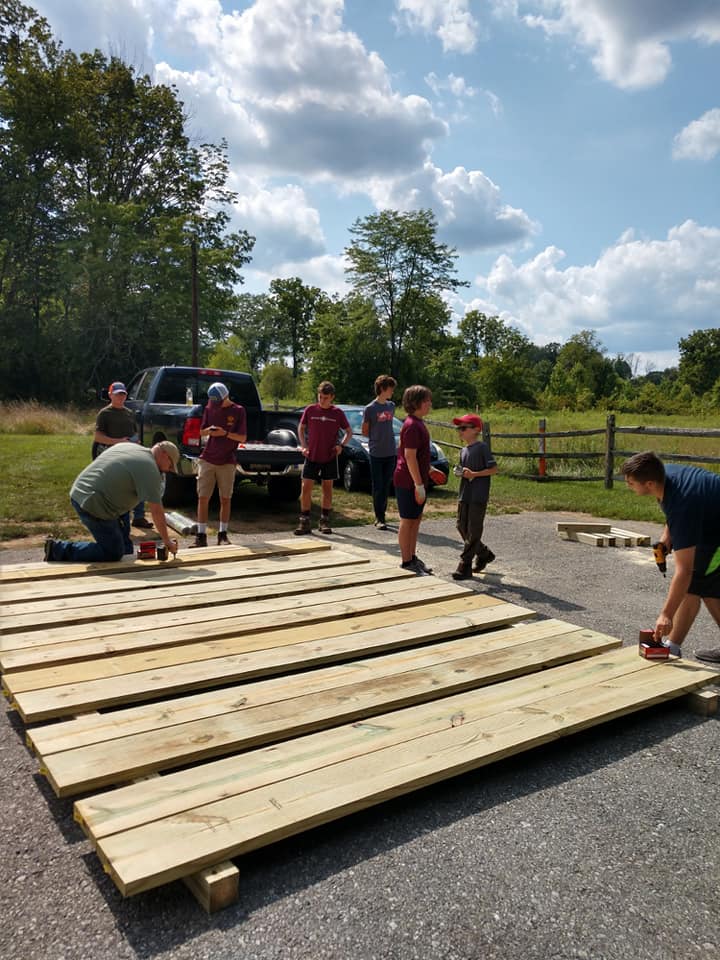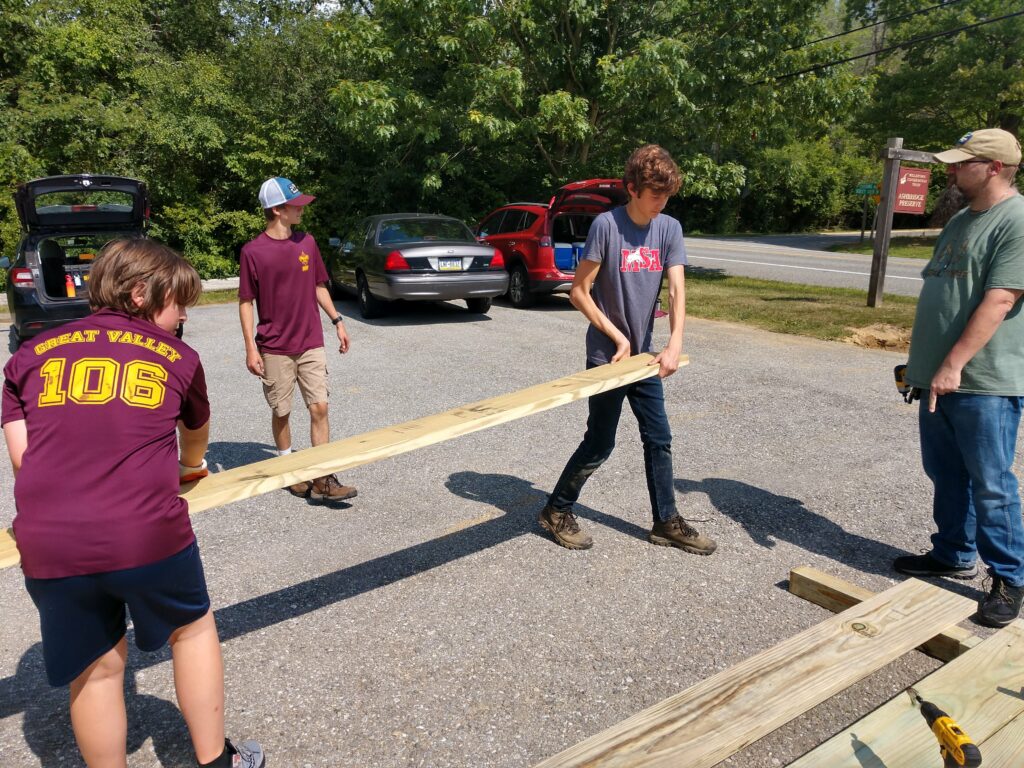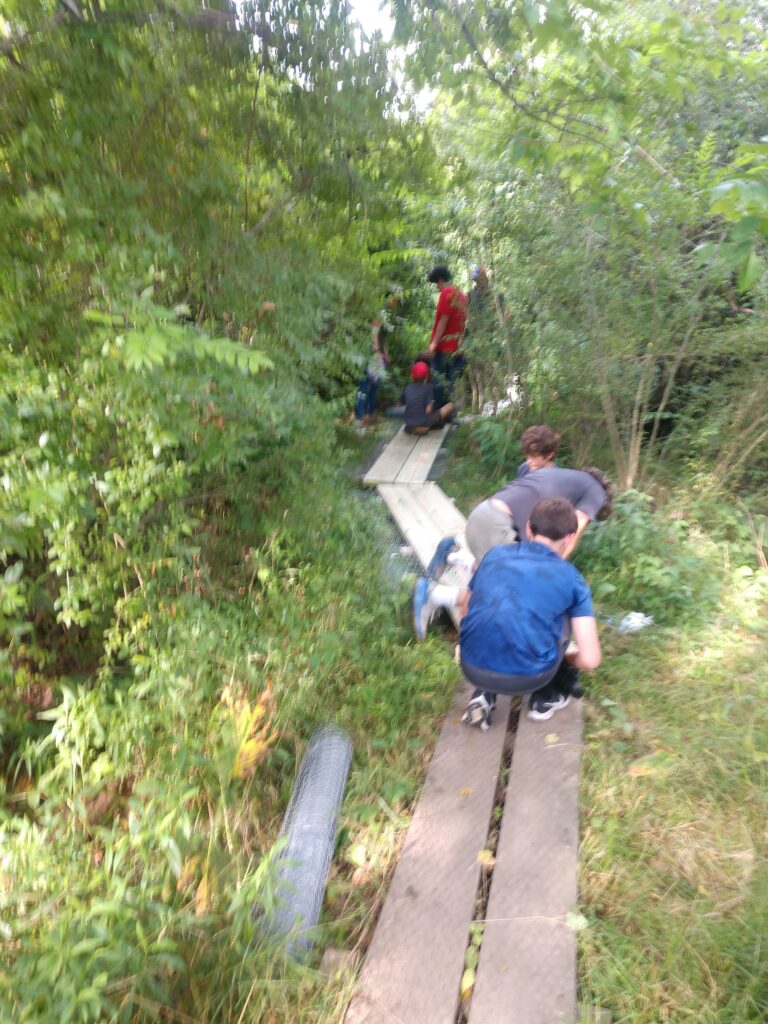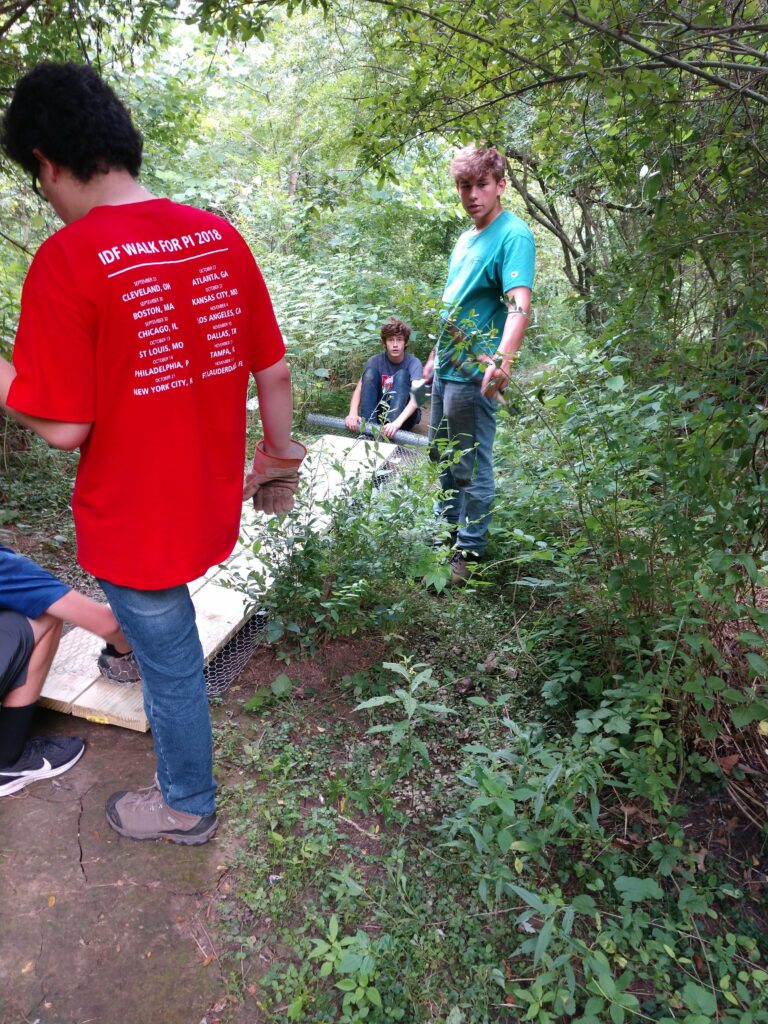Cover Photo by Jennifer Mathes
Project
Willistown Conservation Trust is seeking proposals for the design, permitting, and construction of a bioretention basin with level spreader and a vegetated swale and ADA path at Rushton Woods Preserve.
The basin and swale will be used to reduce the peak flow of stormwater runoff and prevent further erosion adjacent to Okehocking Run, a tributary of Ridley Creek.
Scope of Work
Budget | The anticipated budget for this project is approximately $254,000-274,000
Background | Willistown Conservation Trust is a 501 c3 non-profit land trust located in Willistown Township, Chester County PA. The trust operates four nature preserves open to the public year round. Our program areas include community farm, bird conservation, watershed protection, and habitat protection. As part of our Rushton Woods Master Plan, we are continuing to develop and enhance the resources of the preserve through a combination of habitat restoration, stormwater management, and accessibility.
Proposal Criteria | The following information should be included in the proposal:
- Company background and qualifications
- Experience with similar projects
- Project approach and timeline
- Detailed cost estimate, including design, permitting, and construction costs
- Description of the proposed materials and equipment to be used
- References for similar projects
- Any additional information relevant to the proposal
- Only PA Native Plant Species are to be used in this project.
Required Experience
- Focus of professional practice should be ecologically sound design principles.
- Ability to demonstrate past experience in the successful design, permitting, and construction of at least three similar green infrastructure stormwater BMPs.
- Minimum five to ten years’ experience in the environmental planning, landscape architecture,
stormwater design, and engineering fields. - Past experience and demonstrated expertise in working through PA DCNR grant administration
procedures. - The ability to demonstrate expert knowledge and use of local PA native plant species.
- Professional Engineer and Landscape Architect on staff to seal documents.
Selection Criteria and Timelines
- This is a competitive lowest price bid. All bids must be received by 5:00 pm February 3, 2023 to be considered. Award of contract will be announced the following week.
- Design and permitting is expected to be completed by January 2024 and construction to begin in May 2024.
- Prevailing Wage Rate applies to this project.
- Nondiscrimination/Sexual Harassment Clause
Concerns, Questions, and Roadblocks
This a grant funded project with funding from PA DCNR and PA DEP. Contractors should be well versed in following grant administration guidelines for project execution.
Willistown Conservation Trust reserves the right to reject any and all proposals and to waive any irregularities in the proposal process.
Download the full Proposal Requirements Here.
Email Stewardship Director Andrew Kirkpatrick (ajk@wctrust.org) with your bid or any questions Here.
